External Collection Device Manages Female Urinary Incontinence
|
By HospiMedica International staff writers Posted on 03 Dec 2019 |
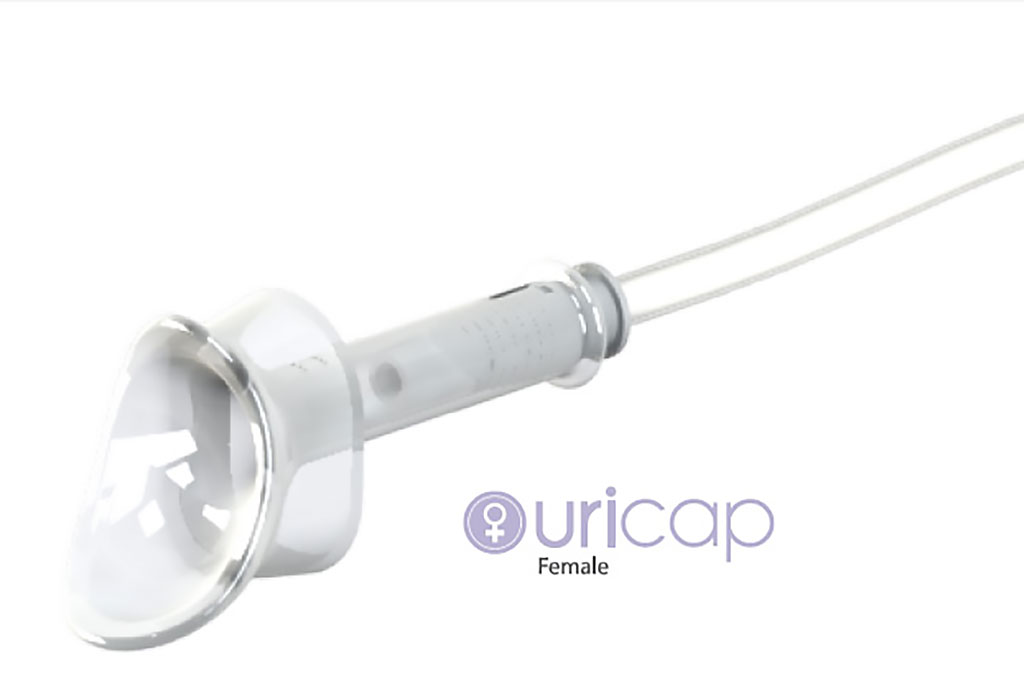
Image: The UriCap external urine collection device (Photo courtesy of Tilla Care)
A non-invasive, leak-free, external urine collection device helps manage female urinary incontinence (UI) in long-term care facilities.
The Tilla Care (Tirat HaCarmel, Israel) UriCap is an external urine collection device that is specifically designed to fit the female anatomy around the urethra, preventing contact between the urine and the skin to keep the patient dry and to prevent skin irritation. Connected to a standard urine drainage bag and changed only once per day, it can help healthcare facilities reduce the various costs associated with staff time, incontinence products, labor, laundry, and waste removal. UriCap is particularly useful for patients at night or those that are bedridden and suffer from UI.
“UriCap Female is a unique solution for women and the only fixed external urine collection device that totally avoids the odor of urine, keeping the patient dry and thus avoiding the toxic effect of urine on the skin,” said Michael Cohn, MD, founder of Tilla Care. “At the same time, it enables the monitoring of dehydration status, because UriCap Female allows you to observe the volume and the color of the urine.”
“The device is a significant innovation in geriatric medicine, and will contribute greatly to improving the quality of life of patients suffering from urinary incontinence and minimizing the serious consequences of this condition,” said Ali Asakla, director of the Moriah Estate long-term care facility (Shefaram, Israel). “The device has several advantages for patients as well as for the medical team; the same is true for treatment in hospitals, when the device is used as a replacement for a catheter.”
Urinary incontinence is about twice as common in women than men, and its likelihood rises with age. One large U.S. study found that almost one-quarter of women in their 60s and 70s said they had urine leakage at least once a month; the rate rose to one-third among women in their 80s. Caffeine might promote UI because it is a diuretic, and people who already have an overactive bladder may be more susceptible to those effects, since even low doses of caffeine can speed muscle contractions in the bladder. Risk factors for UI include obesity and past pregnancies with vaginal births.
Related Links:
Tilla Care
The Tilla Care (Tirat HaCarmel, Israel) UriCap is an external urine collection device that is specifically designed to fit the female anatomy around the urethra, preventing contact between the urine and the skin to keep the patient dry and to prevent skin irritation. Connected to a standard urine drainage bag and changed only once per day, it can help healthcare facilities reduce the various costs associated with staff time, incontinence products, labor, laundry, and waste removal. UriCap is particularly useful for patients at night or those that are bedridden and suffer from UI.
“UriCap Female is a unique solution for women and the only fixed external urine collection device that totally avoids the odor of urine, keeping the patient dry and thus avoiding the toxic effect of urine on the skin,” said Michael Cohn, MD, founder of Tilla Care. “At the same time, it enables the monitoring of dehydration status, because UriCap Female allows you to observe the volume and the color of the urine.”
“The device is a significant innovation in geriatric medicine, and will contribute greatly to improving the quality of life of patients suffering from urinary incontinence and minimizing the serious consequences of this condition,” said Ali Asakla, director of the Moriah Estate long-term care facility (Shefaram, Israel). “The device has several advantages for patients as well as for the medical team; the same is true for treatment in hospitals, when the device is used as a replacement for a catheter.”
Urinary incontinence is about twice as common in women than men, and its likelihood rises with age. One large U.S. study found that almost one-quarter of women in their 60s and 70s said they had urine leakage at least once a month; the rate rose to one-third among women in their 80s. Caffeine might promote UI because it is a diuretic, and people who already have an overactive bladder may be more susceptible to those effects, since even low doses of caffeine can speed muscle contractions in the bladder. Risk factors for UI include obesity and past pregnancies with vaginal births.
Related Links:
Tilla Care
Latest Patient Care News
- First-Of-Its-Kind Portable Germicidal Light Technology Disinfects High-Touch Clinical Surfaces in Seconds
- Surgical Capacity Optimization Solution Helps Hospitals Boost OR Utilization

- Game-Changing Innovation in Surgical Instrument Sterilization Significantly Improves OR Throughput
- Next Gen ICU Bed to Help Address Complex Critical Care Needs
- Groundbreaking AI-Powered UV-C Disinfection Technology Redefines Infection Control Landscape
- Clean Hospitals Can Reduce Antibiotic Resistance, Save Lives
- Smart Hospital Beds Improve Accuracy of Medical Diagnosis
- New Fast Endoscope Drying System Improves Productivity and Traceability
- World’s First Automated Endoscope Cleaner Fights Antimicrobial Resistance
- Portable High-Capacity Digital Stretcher Scales Provide Precision Weighing for Patients in ER
- Portable Clinical Scale with Remote Indicator Allows for Flexible Patient Weighing Use
- Innovative and Highly Customizable Medical Carts Offer Unlimited Configuration Possibilities
- Biomolecular Wound Healing Film Adheres to Sensitive Tissue and Releases Active Ingredients
- Wearable Health Tech Could Measure Gases Released From Skin to Monitor Metabolic Diseases
- Wearable Cardioverter Defibrillator System Protects Patients at Risk of Sudden Cardiac Arrest
- World's First AI-Ready Infrasound Stethoscope Listens to Bodily Sounds Not Audible to Human Ear
Channels
Critical Care
view channel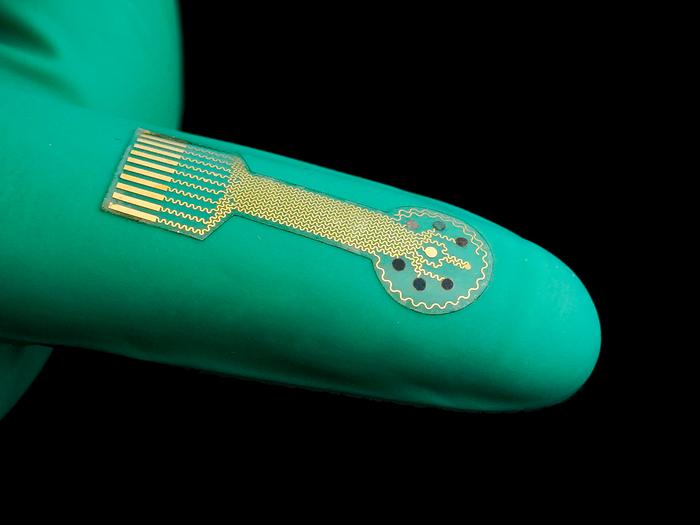
Smart Bandages to Revolutionize Treatment of Chronic Wounds
Chronic wounds, such as diabetic ulcers, surgical wounds, pressure injuries, and others, are more lethal than many realize. Patients with chronic wounds face a five-year survival rate of about 70%, which... Read more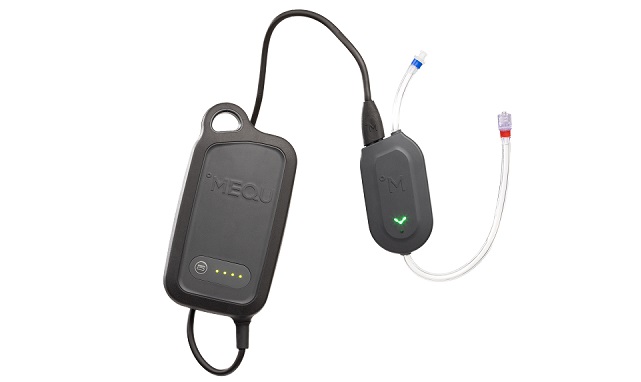
Portable System for Warming Blood and IV-Fluids Reduces Hypothermia Risk in Hemorrhaging Patients
Maintaining a normothermic temperature in patients is often challenging. Accidental hypothermia is a known risk that can lead to increased complications and extended hospital stays. One key factor contributing... Read more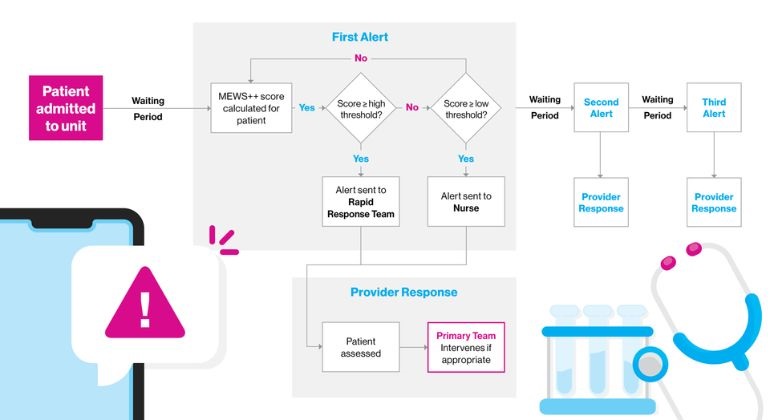
AI-Generated Real-Time Alerts for Declining Health Speeds Up Treatment and Reduces Hospital Deaths
A fundamental objective of inpatient care is the timely intervention to prevent or manage clinical deterioration, which often leads to escalated care associated with poorer outcomes and increased use of resources.... Read more
Ingestible Microbiome Sampling Pill to Help Diagnose Wide Range of Health Conditions
The healthy human gut is home to more than 1,000 species of bacteria, most of which play a beneficial role in digestion and protecting against disease. When the natural balance of these microbes is disrupted,... Read moreSurgical Techniques
view channel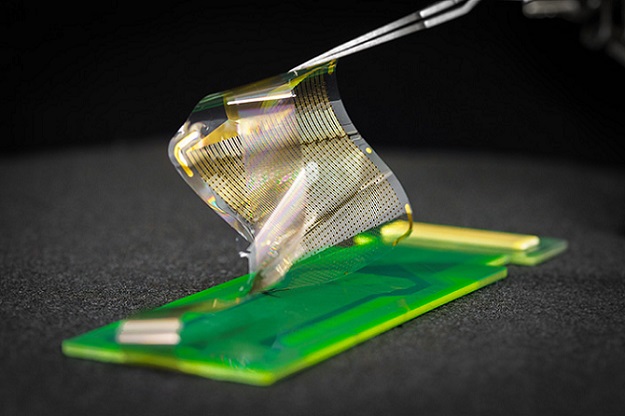
Electronic Grid Records Brain Activity during Surgery to Minimize Damage to Healthy Tissue
A new electronic grid equipped with nanoscale sensors that records electrical signals from the human brain with unprecedented detail could enhance surgical planning and execution for removing brain tumors... Read more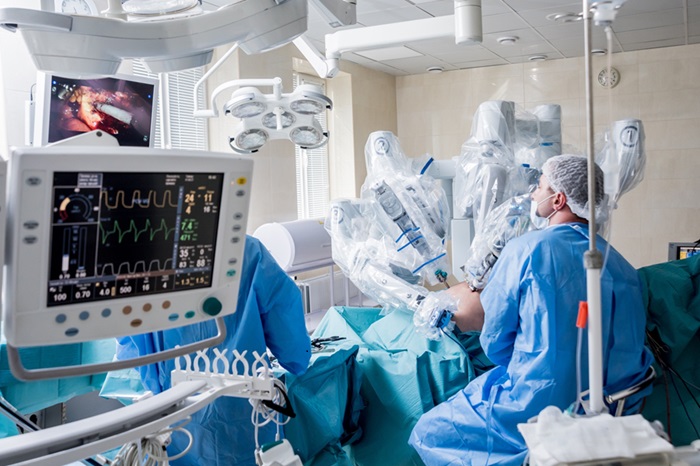
Total Robotic Metabolic and Bariatric Surgery Proves More Beneficial than Conventional Laparoscopy
According to the U.S. Centers for Disease Control and Prevention (CDC), 42.4% of Americans are affected by obesity. Research indicates that obesity can compromise the immune system, trigger chronic inflammation,... Read moreWirelessly Activated Robotic Device Aids Digestion in Patients with Compromised Organs
The transport of fluids and solids is essential in the human body, driven by a wave-like movement in the lumen known as peristalsis. However, peristalsis can be disrupted in patients who have obstructions... Read moreHealth IT
view channel
Machine Learning Model Improves Mortality Risk Prediction for Cardiac Surgery Patients
Machine learning algorithms have been deployed to create predictive models in various medical fields, with some demonstrating improved outcomes compared to their standard-of-care counterparts.... Read more
Strategic Collaboration to Develop and Integrate Generative AI into Healthcare
Top industry experts have underscored the immediate requirement for healthcare systems and hospitals to respond to severe cost and margin pressures. Close to half of U.S. hospitals ended 2022 in the red... Read more
AI-Enabled Operating Rooms Solution Helps Hospitals Maximize Utilization and Unlock Capacity
For healthcare organizations, optimizing operating room (OR) utilization during prime time hours is a complex challenge. Surgeons and clinics face difficulties in finding available slots for booking cases,... Read more
AI Predicts Pancreatic Cancer Three Years before Diagnosis from Patients’ Medical Records
Screening for common cancers like breast, cervix, and prostate cancer relies on relatively simple and highly effective techniques, such as mammograms, Pap smears, and blood tests. These methods have revolutionized... Read morePoint of Care
view channel
POCT for Infectious Diseases Delivers Laboratory Equivalent Pathology Results
On-site pathology tests for infectious diseases in rural and remote locations can achieve the same level of reliability and accuracy as those conducted in hospital laboratories, a recent study suggests.... Read more
Cartridge-Based Hemostasis Analyzer System Enables Faster Coagulation Testing
Quickly assessing a patient's total hemostasis status can be critical to influencing clinical outcomes and using blood products. Haemonetics Corporation (Boston, MA, USA) has now obtained 510(k) clearance... Read more
Critical Bleeding Management System to Help Hospitals Further Standardize Viscoelastic Testing
Surgical procedures are often accompanied by significant blood loss and the subsequent high likelihood of the need for allogeneic blood transfusions. These transfusions, while critical, are linked to various... Read moreBusiness
view channel
BD Acquires Edwards Lifesciences' Critical Care Product Group for USD 4.2 Billion
BD (Becton, Dickinson and Company, Franklin Lakes, NJ, USA) and Edwards Lifesciences (Irvine, CA, USA) have entered into a definitive agreement under which BD will acquire Edwards' Critical Care product... Read more







